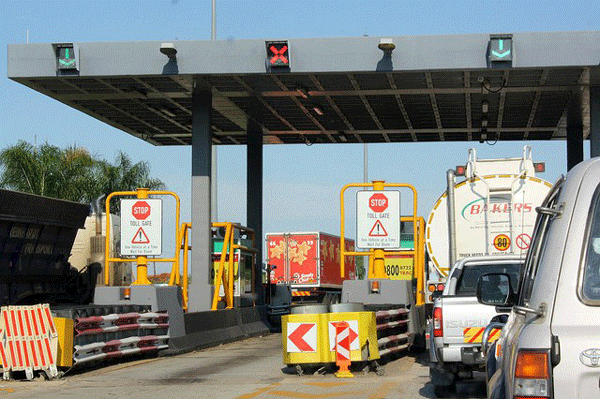Undulating hills, jagged cliffs, wild beaches, indigenous cultures and a diverse array of fauna and flora make the Wild Coast a place renowned for its rich heritage and natural beauty.
Yet, behind popular romantic visions of a rural traditional paradise, numerous communities of the Wild Coast are faced with an ongoing and dehumanising poverty crisis. Indeed, a lack of economic opportunities, together with limited access to electricity, clean drinking water, sanitation, medical amenities and education has led to a poor quality of life for many people in the region.
Since the UN World Tourism Organization (UNWTO) has endorsed tourism as an economic development and poverty reduction tool in developing countries, an increase in tourism related activities may arguably provide an inclusive, sustainable answer to economic growth and improved quality of life in this part of the country. In particular, community-based tourism (CBT), stands out as an important, yet underutilised, area of potential.
CBT refers to tourism activities which directly involve local communities and their natural and cultural assets. Largely focused on the heritage of an area or region, this form of tourism, when managed effectively, promotes local and rural economic and community development. Indeed, various studies have found that since CBT is aimed at empowering people living within disadvantaged contexts, it has the potential to create significant socio-economic development opportunities for many marginalised groups. As such, as a growing tourism niche for both international and domestic markets, CBT may offer important opportunities for unlocking the tourism potential of the Wild Coast’s natural and cultural heritage.
In addition to its socio-economic benefits, the ICOMOS International Cultural Tourism Charter’s Principles and Guidelines for Managing Tourism at Places of Cultural and Heritage Significance has highlighted tourism as an essential vehicle for cultural exchange and understanding. This means that instead of simply providing tourists with a form of ‘staged authenticity,’ which perpetuates colonial ideas of ‘African’ traditions, CBT encourages tourists to immerse themselves in the lived experiences and cultures of the communities that they visit.
As a result, not only will CBT allow tourists to gain a greater understanding of both the heritage and contemporary cultural practices of Wild Coast communities, people of the Wild Coast will also be given the opportunity to interact with, and learn about, people from other cultures.
In short, by focusing attention on the sustainable development of heritage resources in the area, this form of tourism can open up greater opportunities for socio-economic development in the area, while at the same time contributing towards the conservation and enhancement of its natural and cultural assets.
In a study published this year in African Journal for Physical and Health Sciences, researchers discussed the challenges and opportunities for CBT in the Wild Coast. Researchers highlighted the Department of Tourism’s suggestion that the Wild Coast is made up of numerous zones in which community-based tourism could thrive. Despite these opportunities, however, they noted that development continues to be restricted as a result of a lack of transport infrastructure. In particular, they found that much of the road infrastructure in the province is underdeveloped, and as such, hampers possibilities for tourism development in the largely unexplored area. In relation to these findings they argued that good infrastructure, including roads, is key for CBT to develop in the region.
While the above study focuses on a South African example, the importance of roads and infrastructure for tourism development has similarly been recognised internationally – especially in developing countries where tourism is seen as a crucial sector for economic growth. Indeed, various empirical studies from Southeast Europe, China and Africa have highlighted transport infrastructure, and particularly, good roads, as playing an essential role in the development of local tourism.
As such, notwithstanding the prospects for CBT along the Wild Coast, and the sustainable opportunities to advance social and economic paradigms that come along with it, a lack of infrastructure in the region has led to limited access to, and development of, this cultural landscape.
The upcoming N2 Wild Coast Toll Road (N2WCTR), and the related upgrade of connected secondary and local road infrastructure, will offer an answer to these infrastructure challenges.
Indeed, by significantly improving access to this area the N2WCTR will unlock the Wild Coast’s CBT potential. That is, as part of the larger Integrated Wild Coast Development Programme, the road – which has been proposed as the backbone of the government’s development plans for the area – will play an important role in opening up the region’s untapped tourism potential.
To be sure, while ecotourism is present on a small-scale, an inadequate road network along with various additional infrastructure and service related issues have left this industry’s potential stunted at best. However, as roads improve and access to the communities and natural and cultural heritage of the region begins to grow, opportunities for long-term tourism developments are set to increase – opportunities that will play a significant role in the reduction of poverty and economic marginalisation in the area.
By Dr. Mongezi Noah, Community Development Specialist – SANRAL Southern Region.


